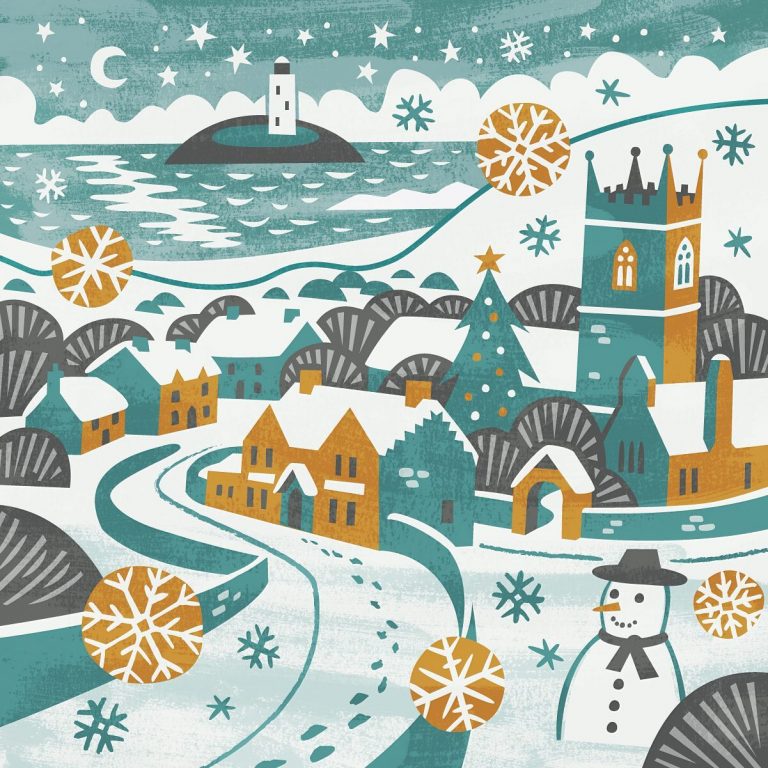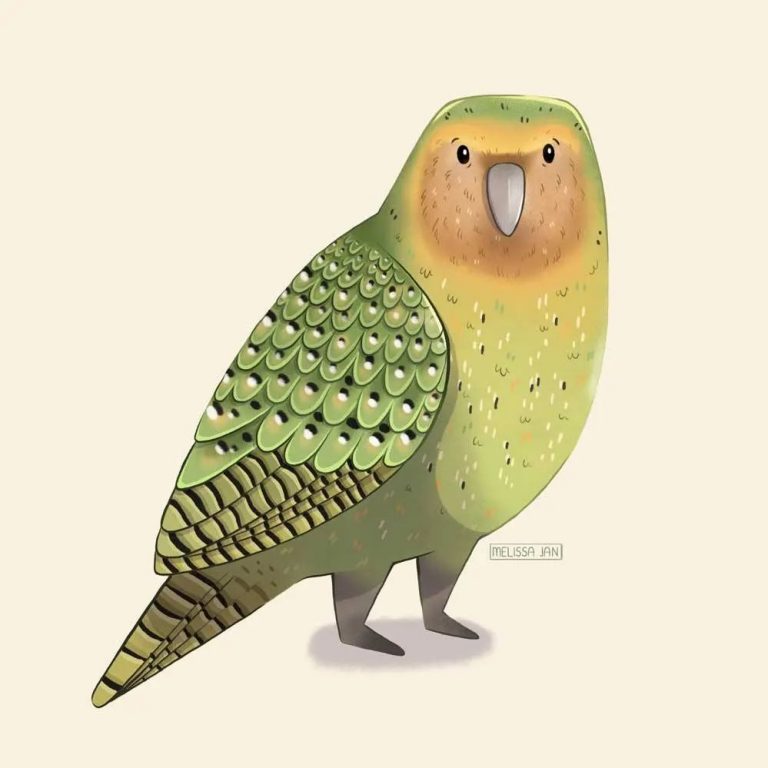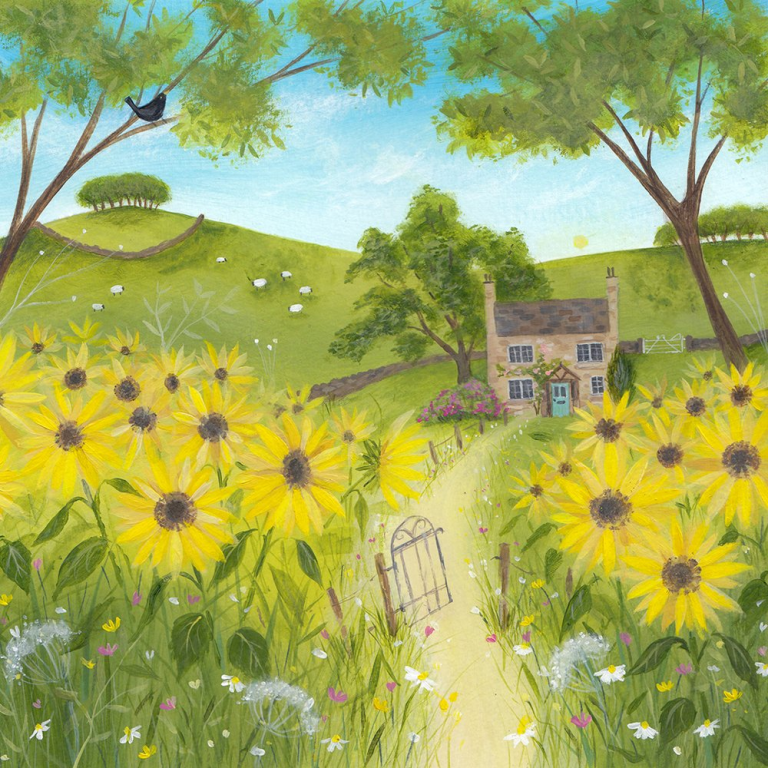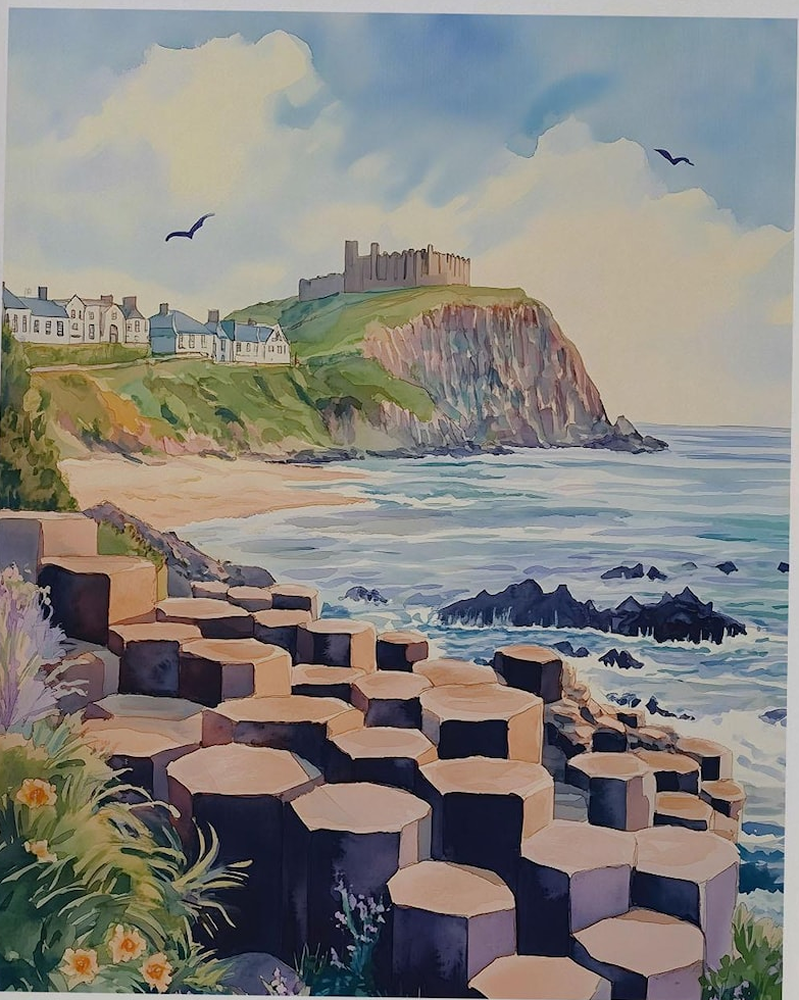
Northern Ireland is of course geographically part of the island of Ireland and the British Isles. But it has an ugly past, with many people killed as part of ‘the troubles’. But today it’s more peaceful, and home to some of the most stunning scenery on earth.
Northern Ireland is a small land mass area. It has coasts on the Irish Sea (facing northwest England) and Atlantic Ocean (facing the USA). The largest city is Belfast, followed by the smaller walled city of Londonderry.
The area has a strong history of ship-building (one ship built here was the doomed Titanic, its sinking due to many factors, but not its construction).
UK media tends to focus on urban areas and politics. But actually, Northern Ireland is kind of like a ‘mini Switzerland’, known for stunning lakes and ancient volcanic rocks.
Always follow the Countryside Code, to keep all creatures safe.
Giant’s Causeway: A World Heritage Wonder
The Giant’s Causeway is perhaps Northern Ireland’s most iconic natural site. Thousands of interlocking basalt columns, formed by ancient volcanic activity, create a landscape that’s both odd and beautiful.
It stretches into the sea, drawing curious minds and camera lenses from around the world. You can walk along the stones, listen to the wild North Atlantic waves, and catch glimpses of seabirds overhead.
The 40,000 rocks are named after Giant Fionn and Giant Benandonner. The legend goes that one lived on the Irish coast, the other on the Scottish coast. After being separated to stop them fighting, a bridge was built to try to start a fight!
The Mourne Mountains: Peaks and Peace
The Mourne Mountains rise from the County Down landscape, their rolling peaks and deep valleys waiting for boots and bikes. Slieve Donard, the highest mountain in Northern Ireland, is popular with hikers, and the views from the top stretch far across the land and out to the Irish Sea.
These mountains offer a mix of challenging hikes and gentle rambles, with heather-clad hills, granite tors, and quiet lakes.
Locals love the open skies, fresh air, and sense of space. The Mournes inspired C.S. Lewis’s fantasy worlds, and it’s easy to see why. Walk beside old stone walls, rest by hidden streams, and feel the world slow down for a while.
Lough Neagh: The Heart of Northern Ireland
Lough Neagh is the largest freshwater lake in the British Isles, and it holds a special place in local culture. Its waters touch five counties, providing habitats for birds, fish, and all sorts of plant life.
It was formed apparently when Giant Fionn scooped earth to throw at his Scottish fiend – obviously these guys did not get on! Oxford Island Nature Reserve nearby offers lots of walking and wildlife-watching.
Birdwatchers flock here to spot whooper swans, tufted ducks, and waders in the wild, especially during migration seasons. The lough’s shores are gentle and open, making them perfect for walks, cycling, and quiet moments by the water.
There are small villages and nature reserves dotted about, giving you the choice to find company or solitude. A visit to Lough Neagh is a chance to connect with a slower, quieter side of life.
Glens of Antrim: Hidden Valleys & Waterfalls
The Glens of Antrim are nine deep valleys carved by glaciers, stretching from the Antrim Plateau to the sea. Each glen has its own character, with woodlands, rivers, and waterfalls hidden away in folds of green.
Glenariff, the ‘Queen of the Glens,’ is especially popular with walkers, and its waterfalls and trails provide stunning sights at any time of year.
You’ll find wildflowers in spring, cool shade in summer, and gold leaves in autumn. Quiet roads and paths connect the glens, inviting you to slow down and explore.
The coast nearby offers sandy coves and rocky headlands, while small villages provide a warm welcome and a good cup of tea after a day out.
Strangford Lough: Wildlife and Tidal Magic
Strangford Lough sits on the east coast, south of Belfast, and is known for its natural beauty and rich habitats. The lough is a marine nature reserve, supporting seals, otters, and a riot of birdlife.
At low tide, mudflats stretch out, full of feeding waders and wildfowl. The water changes constantly with the tides, creating shifting views and endless interest.
Kayaking and sailing are popular here, letting you get close to islands that seem lost in time. You can also walk or cycle along the scenic shoreline, with regular stops to watch wildlife or admire the scenery.
Strangford village and the National Trust’s Mount Stewart gardens lie close by and are worth a visit if you want a cosy spot to recharge.
Fermanagh Lakelands: Islands and Quiet Waters
Fermanagh in the west is a land of lakes, islands, and gentle hills, with Lough Erne at its heart. The Upper and Lower loughs are dotted with wooded islands, some home to ancient churches and stone carvings. Boating is a big part of life here, but there’s plenty for walkers and cyclists.
Nature reserves like Crom Estate protect rare habitats and old-growth woodlands. Wildflowers, butterflies, and red squirrels add to the magic. The water is clear and slow, perfect for peaceful reflection or a gentle paddle.
Many leave Fermanagh feeling that it’s a place apart, where nature feels close and life slows down.
Rathlin Island: Seabirds and Solitude

A short ferry ride from Ballycastle brings you to Rathlin Island, a small, windswept place with dramatic cliffs and rugged beauty.
Rathlin is especially loved by birdwatchers, who come for puffins, razorbills, and guillemots in the nesting season. Seals bask on the rocks, and you can spot the occasional dolphin or porpoise offshore.
There are a handful of marked walks, ranging from easy to challenging, which take you past lighthouses, wildflower meadows, and ancient ruins. The island’s quiet, friendly atmosphere is a big draw.
The Causeway Coast: Cliffs and Sandy Beaches
Beyond the Giant’s Causeway, the Causeway Coast stretches for miles, offering a mix of towering cliffs, sandy bays, and dramatic headlands.
Walk the coastal paths for views of the Atlantic, or explore beaches like Whitepark Bay and Portstewart Strand. The area is rich in fossils, and sharp eyes can sometimes spot ancient remains along the shore.
Read our post on keeping dogs safe by the seaside.
This coastline is also home to places like Carrick-a-Rede Rope Bridge and Ballintoy Harbour, where the sea carves new shapes with every tide. You’ll find a lively mix of open space and tucked-away spots, ideal for picnics, sandcastles, or a bracing swim.
Coastal wildflowers add a splash of colour from spring through summer, making every visit just a bit different. Many coastal flowers are unsafe near dogs.
Glenariff Forest: Woodland and Waterfalls
Tucked within the Glens of Antrim, Glenariff Forest Park is a haven for walkers and nature lovers. The park’s main draw is its series of waterfalls, which tumble through green woodland before joining the main river below.
Well-maintained trails wind along boardwalks and through thick forest, giving you a real sense of immersion in nature.
Spring brings carpets of bluebells and wild garlic, while autumn sets the leaves ablaze with gold and red. Red squirrels, songbirds, and even deer make their homes here, and there are peaceful corners for resting or picnicking.
Peat Bogs and Blanket Bogs: Unique Habitats
Peat bogs are blanket bogs that spread across uplands like the Sperrin Mountains and the Antrim Plateau, storing carbon, filtering water, and providing habitat for rare plants and birds. Sphagnum moss, cotton grass, and insect-eating sundew are just a few of the oddities you’ll find.
In these parts, the air carries the call of endangered curlew and snipe. Conservation groups work hard to protect these landscapes, keeping their wild beauty safe for the next generation.
Home to Many Artists, Writers and Musicians
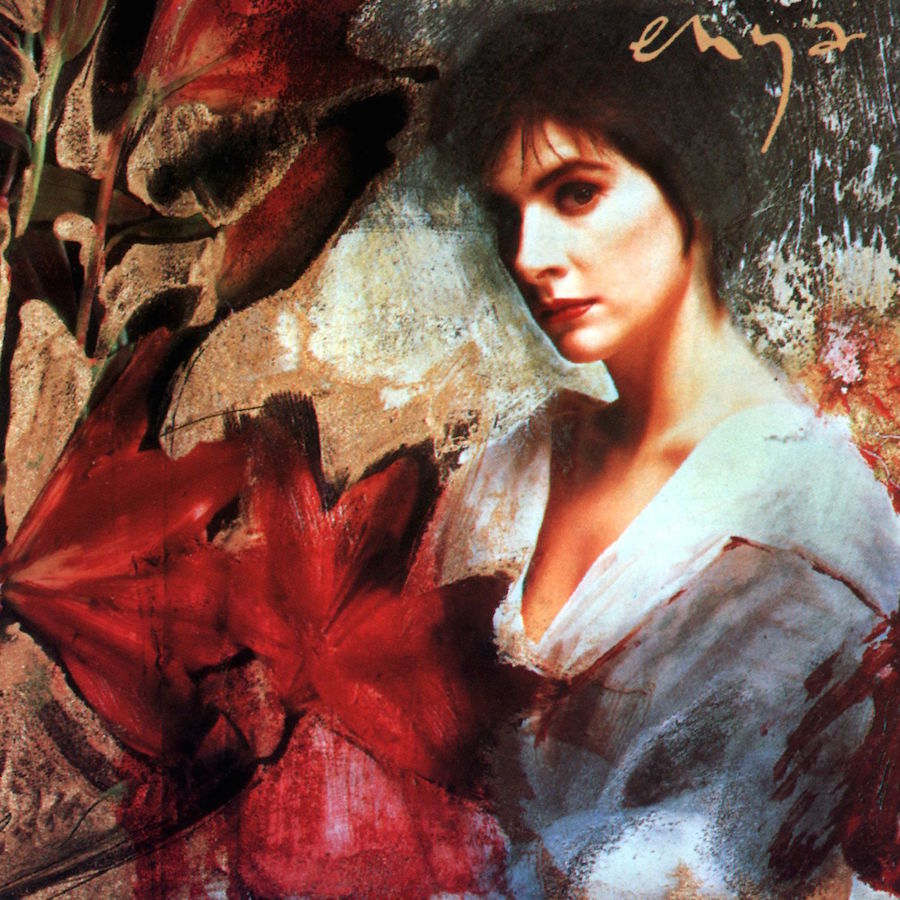
Just like southern Ireland, Northern Ireland is home to many artists, writers and musicians. Irish poet Seamus Heaney was from Londonderry, and other Northern Ireland exports are footballer George Best, singer Van Morrison and actor/director Sir Kenneth Branagh.
Donegal is in southern Ireland, but only because it was left out of the ‘northern Ireland’ boundary, due to nearly everyone being Catholic. The most famous residents to come out of this county make up the Irish band Clannad (their sister is popular singer/songwriter Enya).
What Caused ‘The Troubles’?
The war in Northern Ireland stemmed from some people in Ireland wishing to reclaim Northern Ireland. But others wished to remain part of the UK. It tended to be religious (Catholics vs Protestants).
The war exploded in the late 1960s, after the British military tried to stop unrest of minority Catholics, who complained of not having equal access to jobs and housing. It left over 3000 people dead, and tens of thousands injured.
But the situation goes way back. In 1921, Catholics wished to break free from British rule (the UK also ruled over Ireland). But after claiming back their land, a small area in the north was overseen by the UK, which is why the country is still split today.
Over 25 years ago, the Good Friday Agreement was signed, and has led to (almost) peaceful relations since then. This is a power-sharing agreement between loyalists and nationalists.
Although Sinn Féin MPs still don’t sit in the Houses of Parliament, as they won’t swear allegiance to King Charles (they don’t recognise Westminster as ruling over Northern Ireland).
At the last election, the party became the largest in Northern Ireland. Any talk of reunification with Ireland is bound to be more peaceful, or power-sharing will likely continue.
The Green Party of Northern Ireland

The media often talks of the main political parties in Northern Ireland, who thankfully get on better these days. But there is another smaller party, Green Party of Northern Ireland, which is more concerned about preserving nature and wildlife in this beautiful area of the world, than squabbling over political borders.
It’s also the only political party in Northern Ireland, to publish all donations over £500.
Leader Mal O’Hara was recently elected as a senator (the upper house of Parliament) in the Irish Republic, and was also a Belfast councillor. Before that, he worked in the community and voluntary sector for 20 years. The party also has several local councillors.
Just like England, there are problems right now in Northern Ireland with the quality of fresh water, and appeals for greater legislation to prevent pollution and sewage output. One local triathlon recently had to be cancelled, as a major lake was clogged with toxic blue-algae.
Lack of habitat and pesticide use has also been blamed for huge reduction in populations of Northern Ireland’s birds of prey, including rare hen harriers. Northern Ireland has over 400 members of the Nature Friendly Farming Network, who are helping local birds and wildlife.
Northern Ireland has its own ‘RSPCA’
USPCA is Northern Ireland’s version of our RSPCA, where people can report cruelty and find help to rescue injured wildlife. Or simply get involved in making life better for animals across Northern Ireland.
It also shows how to register pets (for better results of finding lost pets) and offers discounted vet care for people on low incomes.
Why the Trade Deal Ignores Locality
You may remember in the dying days of Boris Johnson’s premiership, about arguments over the Northern Ireland Trade Deal, following Brexit.
In a nutshell, it caused anger as it meant that rather than free trade, Northern Ireland (with its violent political history) would have to go through border checks and tariffs, in order to import or export milk, eggs and meat.
Any locavore would tell you that the way to create peaceful communities is to restore locality – locally grown organic food (with better animal welfare) in walkable communities, so people can easily reach places that sell such food, if they have no cars.
The arguments also forgot the welfare of the animals themselves (live transport of animals that often die of heat, or arrive to be slaughtered after a long stressful journey).
The sooner we move away from economic growth to communities that feed themselves (rather than rich EU bankers) – the better for people, people, animals and the planet.

